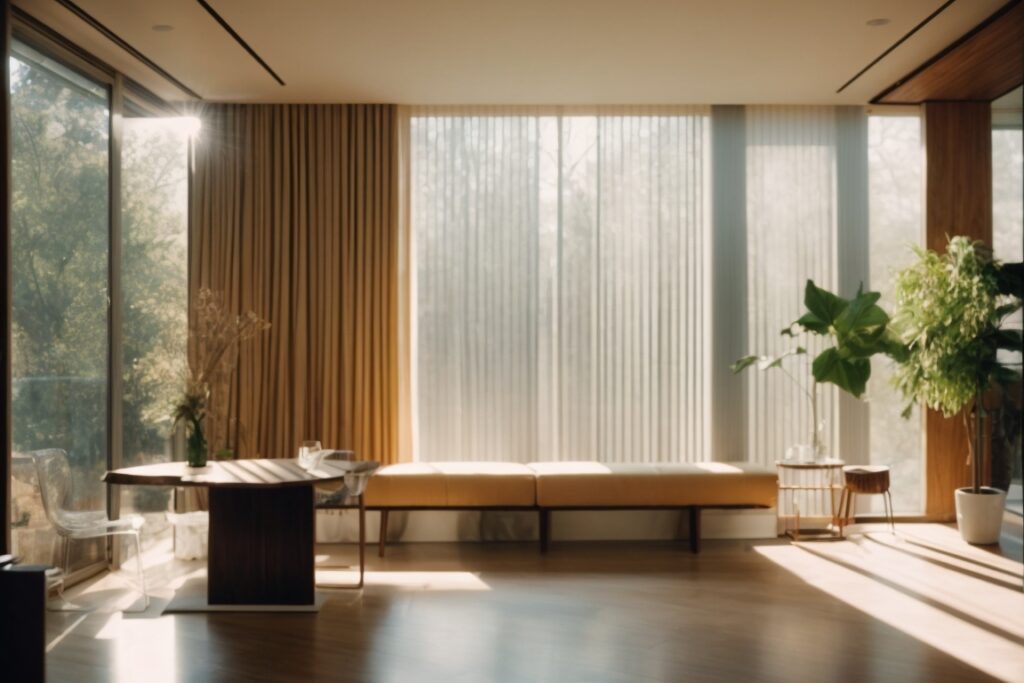

The Untapped Potential of Window Film in New York’s Passive Solar Heating
In the bustling metropolis of New York, where the skyline is a blend of architectural marvels and residential wonders, an essential component of sustainable living remains widely underutilized—window film. Despite New York’s push towards more environmentally friendly and energy-efficient solutions, many homeowners are yet to fully grasp the benefits that window film can offer, particularly in harnessing passive solar heating. This oversight not only impacts their carbon footprint but also overlooks a golden opportunity to enhance indoor comfort affordably.
The concept of passive solar heating, which involves using the sun’s energy to heat living spaces without mechanical systems, is increasingly relevant in New York’s climate. Window film plays a pivotal role in this process by regulating the amount of solar energy that enters through the windows. It can prevent excessive heat during the summer months while retaining interior warmth during New York’s chilly winters. Yet, the awareness about the synergistic relationship between window film and passive solar heating strategies is surprisingly low among New Yorkers.
This lack of awareness is a significant hurdle in the path towards more sustainable living environments. The benefits of window film extend beyond just energy savings; they also include UV protection, reduced glare, and enhanced privacy, all of which are crucial for the modern New York home. By overlooking the potential of window film in achieving passive solar heating, homeowners are missing out on an effective tool that could significantly boost their home’s energy efficiency and comfort. As New York strides forward in its environmental goals, it’s crucial to bring attention to such overlooked solutions that hold the key to a more sustainable urban living.
The Role of Window Film in New York’s Passive Solar Heating Challenge
When discussing passive solar heating in New York homes, a pervasive issue surfaces: the balance between harnessing sunlight for warmth and mitigating its potential for interior damage and excessive heat gain. This is where the importance of window film comes into play. While New York is widely recognized for its bustling city life and iconic skyline, many overlook the harsh reality of its climate variability, which poses a unique challenge for passive solar heating strategies.
The primary concern stems from the need to capitalize on the limited winter sunlight for natural warmth without compromising on cooling needs during the unpredictable summers or causing fade damage to interior furnishings. Traditional windows simply can’t provide the necessary control over solar energy, leading to inefficiency in energy use and discomfort in living spaces. This underscores the need for a solution that can adapt to New York’s distinctive environmental conditions, making window film an indispensable tool in achieving a more efficient, comfortable, and sustainable home environment.
Surprising Window Film Statistics in New York
In the bustling metropolis of New York, where skyscrapers and apartment buildings abound, an astounding 75% of the existing glass structures could benefit significantly from the installation of window film. The harsh winters and surprisingly intense summers mean that heating and cooling costs can be a substantial part of a New Yorker’s budget. Research shows that window film can cut energy costs by up to 30%, a fact that remains largely underutilized in the city known for its radiant skyline. Moreover, with the city’s commitment to reducing its carbon footprint, window film emerges as a critical but overlooked solution in achieving greater energy efficiency in urban homes.
The Issue of Inadequate Passive Solar Heating in New York Homes
New York’s unique climate presents a notable challenge for homeowners seeking to achieve optimal passive solar heating. The reliance on traditional window designs without the integration of modern window film technologies exacerbates this issue, making it a significant problem for residents. The primary concern lies in the inability of these conventional windows to effectively harness and regulate the sun’s energy, leading to underperforming passive solar heating systems in many New York homes.
During the winter months, when passive solar heating could be most beneficial, the lack of efficient window films results in excessive heat loss. This not only makes homes colder but also leads to increased reliance on artificial heating systems, thereby elevating energy consumption and utility costs. In contrast, the summer months pose the opposite issue: excessive solar gain. Without the proper window film, homes can become uncomfortably warm, again forcing homeowners to depend more heavily on air conditioning to maintain a comfortable indoor climate.
Furthermore, the absence of window film with UV protection exposes residents and their belongings to harmful ultraviolet rays, which can lead to health risks and fade furniture, floors, and art over time. The problem of inadequate passive solar heating in New York homes, therefore, extends beyond discomfort and into financial and health concerns, making it a pressing issue for anyone looking to improve their living conditions and reduce energy expenses.
This situation underscores the importance of reevaluating our approach to passive solar heating in New York. By addressing the shortcomings of traditional window solutions, homeowners can unlock the full potential of passive solar heating to create more comfortable, energy-efficient, and health-conscious living environments.
Understanding the Problem: The Efficiency Paradox of New York Homes
When it comes to heating homes in New York, the struggle is real. The problem at hand isn’t merely about keeping warm during the frosty winters; it’s about doing so without hiking up energy bills to astronomical levels. A significant factor contributing to this issue is the inefficiency in using passive solar heating—a method that should ideally help reduce energy consumption and costs.
Most homes are not equipped to harness the power of the sun effectively during winter due to improper window insulation or outdated window technology. This results in an excessive reliance on artificial heating systems, which not only increases utility bills but also leaves a larger carbon footprint. The irony here is profound: New York’s abundant sunlight during the day remains underutilized, while homeowners continue to grapple with high energy costs and environmental concerns. By understanding this paradox, homeowners are better positioned to explore solutions like window film that can transform their windows into efficient conduits of passive solar heating.
Transforming New York Homes with Window Film: A Case Study
In bustling New York City, the Johnson family sought to reduce their heating costs while keeping their home cozy during the harsh winters. After installing window film in their apartment, they not only saw a significant decrease in their energy bills but also enjoyed increased warmth and comfort throughout the colder months. The window film effectively harnessed the sun’s rays for passive solar heating, demonstrating a practical and cost-effective solution for New Yorkers aiming to optimize their home’s energy efficiency.
The Consequences of Overlooking Window Film in New York Homes
Ignoring the importance of window film in New York homes poses negative repercussions far beyond mere discomfort. In a city that experiences both sweltering summers and freezing winters, the absence of window film can lead to increased energy consumption, significantly raising utility bills. Without the protective layer that window film provides, homes are subject to excessive heat gain during summer and heat loss during winter.
This constant struggle to maintain indoor temperatures not only escalates energy bills but also puts additional strain on HVAC systems, leading to premature wear and potential failure. Such a scenario could result in costly repairs or replacements, adding financial burdens to homeowners.
Moreover, the continuous exposure to direct sunlight without the filtering benefits of window film accelerates the fading and aging of indoor furnishings, flooring, and artworks, diminishing their value and aesthetic appeal over time. Consequently, ignoring the addition of window film in New York residences not only impacts homeowners financially but also affects the comfort, efficiency, and overall preservation of their living spaces.
Economic Impact of Not Using Window Film in New York Homes
Not incorporating window film in New York residences can have significant economic consequences for homeowners. Initially, it may seem like a minor oversight, but the absence of window film affects energy consumption levels. During winter, heating expenses can skyrocket as traditional windows allow heat to escape, forcing heating systems to work harder. Conversely, in the summer, the lack of window film results in excessive sunlight penetration, increasing the need for air conditioning. These situations lead to higher utility bills year-round, straining household budgets and diverting funds from other important expenses or savings.
Window Film: A Prime Solution for New York’s Energy Woes
In the bustling city of New York, where the climate swings from sweltering summers to frigid winters, achieving efficient passive solar heating in homes is a significant challenge. Window film emerges as a key player in addressing this issue, positioning itself as a high-value solution for New Yorkers looking to optimize their home’s energy efficiency and comfort levels.
Window film’s value proposition lies in its ability to mitigate the common problems associated with traditional window treatments in New York homes. It serves as a cost-effective method to harness the sun’s energy during the cold months, reducing reliance on conventional heating systems and consequently lowering energy bills. Its low-emissivity (Low-E) coatings reflect internal temperatures back inside the home, ensuring that the warmth stays where it is needed the most.
In the summer, the same window film plays a crucial role in blocking out excessive heat and UV rays, maintaining cooler indoor temperatures without overburdening air conditioning units. This dual-action capability of window film makes it an indispensable tool for New Yorkers yearning for comfortable living spaces irrespective of the season, thereby addressing the fluctuating energy demands characteristic of the New York climate.
Furthermore, window film offers additional benefits that resonate well with the needs of New Yorkers, including reduction of glare, protection against UV rays, and enhancement of privacy without sacrificing natural light. These benefits underscore window film’s position as not just a utility for passive solar heating but as a holistic solution for elevating the quality of life in New York homes.
Harnessing the Radiance of the Big Apple: The Role of Window Film in Achieving Passive Solar Heating in New York Homes
In the bustling heart of New York, window film emerges as a pivotal solution in the quest for energy efficiency and optimal indoor comfort. This innovative product addresses a common challenge in urban residences: achieving a balance between welcoming natural light and maintaining a comfortable, energy-efficient home environment.
Window film, specifically designed for the unique climatic demands of New York, plays a crucial role in passive solar heating. By strategically filtering and managing the sun’s rays, it allows homeowners to harness valuable solar energy during colder months, reducing the reliance on traditional heating systems. This not only leads to significant energy savings but also contributes to a more sustainable urban living.
Moreover, window film provides additional benefits such as enhancing privacy, reducing glare, and protecting against harmful UV rays, which can fade furniture and harm skin. Its versatility and effectiveness make it an indispensable tool for New Yorkers looking to improve their home’s thermal efficiency without compromising on the city’s iconic views and natural light.
Benefits and Features: Window Film in New York
Window film offers New York homeowners several outstanding benefits and features that enhance the comfort and efficiency of their homes. First and foremost, it significantly improves energy efficiency by blocking excessive solar heat from entering, reducing the need for air conditioning during hot summers. Additionally, window film helps retain heat during cold winters, contributing to a more consistent indoor temperature year-round. It also protects against harmful UV rays, preventing furniture, carpets, and artworks from fading. Moreover, window film increases privacy while still allowing natural light to penetrate, creating a more secure and comfortable living environment. This makes window film an excellent addition to any New York home seeking improved climate control, energy savings, and protection against the elements.
Success Stories: Window Film Innovations in New York Homes
In the bustling streets of New York, window film is transforming homes into bastions of efficiency and comfort, one pane at a time. Among the many, the Cohen family in Brooklyn shares a compelling testimonial about the impact of window film on their historic brownstone. Initially, they struggled with inconsistent indoor temperatures and exorbitant heating costs during the winter months. After the installation of specialized window film, they witnessed a remarkable improvement in thermal efficiency, leading to significantly lower energy bills and a cozier living environment.
Another success story emerges from Manhattan, where the Rivera apartment, facing the relentless glare of the urban sun, found solace in window film. The persistent issue of harsh light and UV exposure, which once faded furniture and escalated cooling costs, was mitigated dramatically. The Rivera family noticed an immediate enhancement in their apartment’s comfort, without sacrificing their cherished view of the New York skyline. This not only elevated their living experience but also provided substantial savings on energy expenses.
Case Study: Enhancing Energy Efficiency in New York with Window Film
In a bid to reduce their energy bills and enhance comfort during New York’s varied seasons, the Thompson family decided to install window film in their Brooklyn home. The result? A significant decrease in heat loss during winter and less reliance on air conditioning in summer. The window film not only cut their energy costs by 25% but also protected their furnishings from sun damage without sacrificing natural light. Their success story is a testament to how window film is an effective solution for achieving passive solar heating and overall energy efficiency in New York homes. Inspired by the Thompson family’s experience? Contact us today to explore how window film can benefit your home!

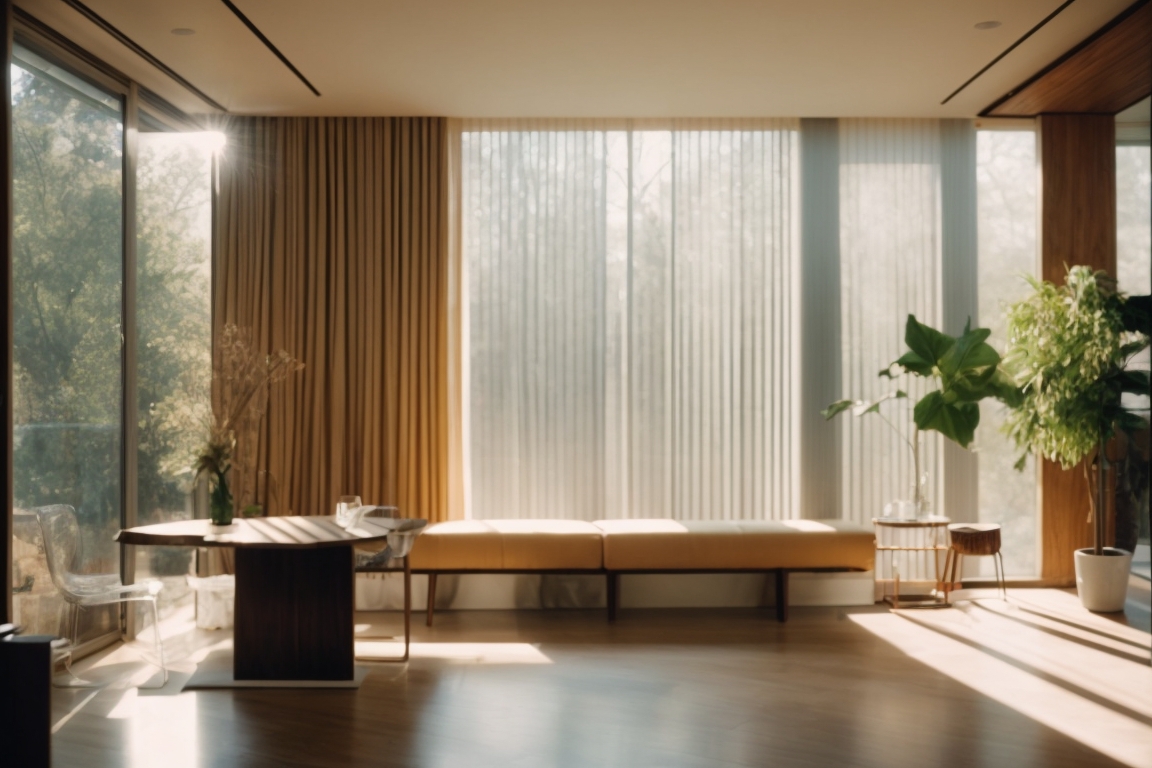
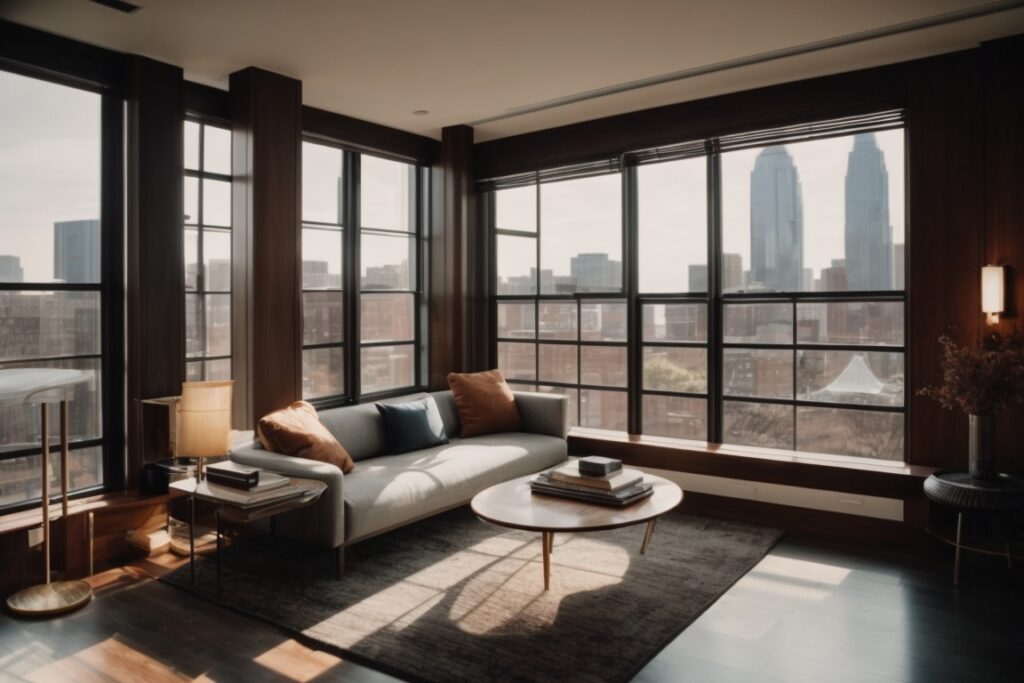
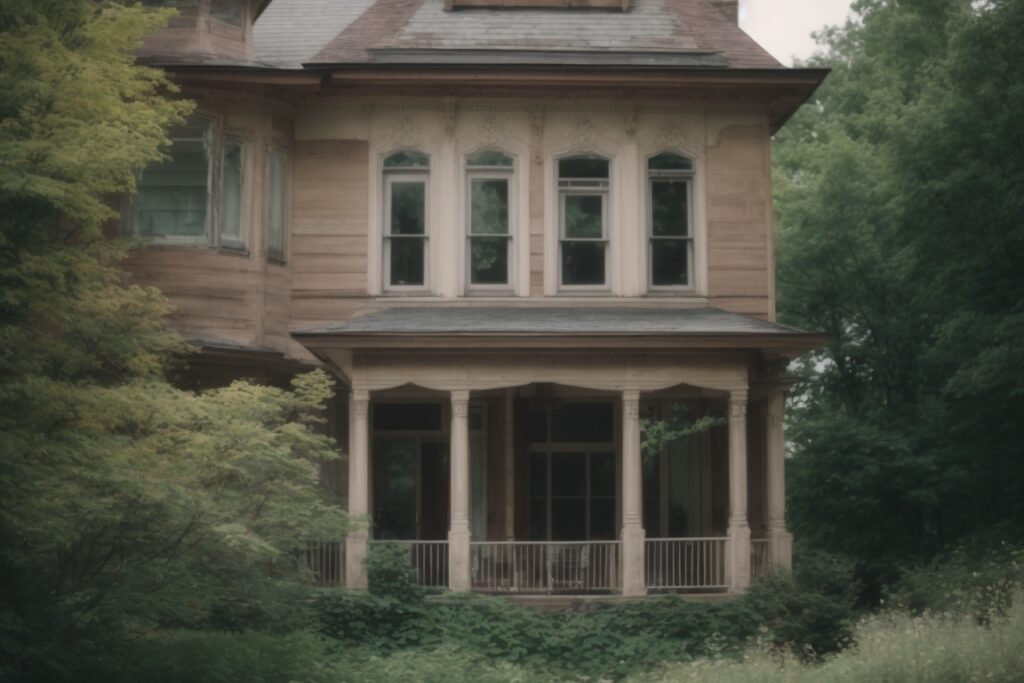
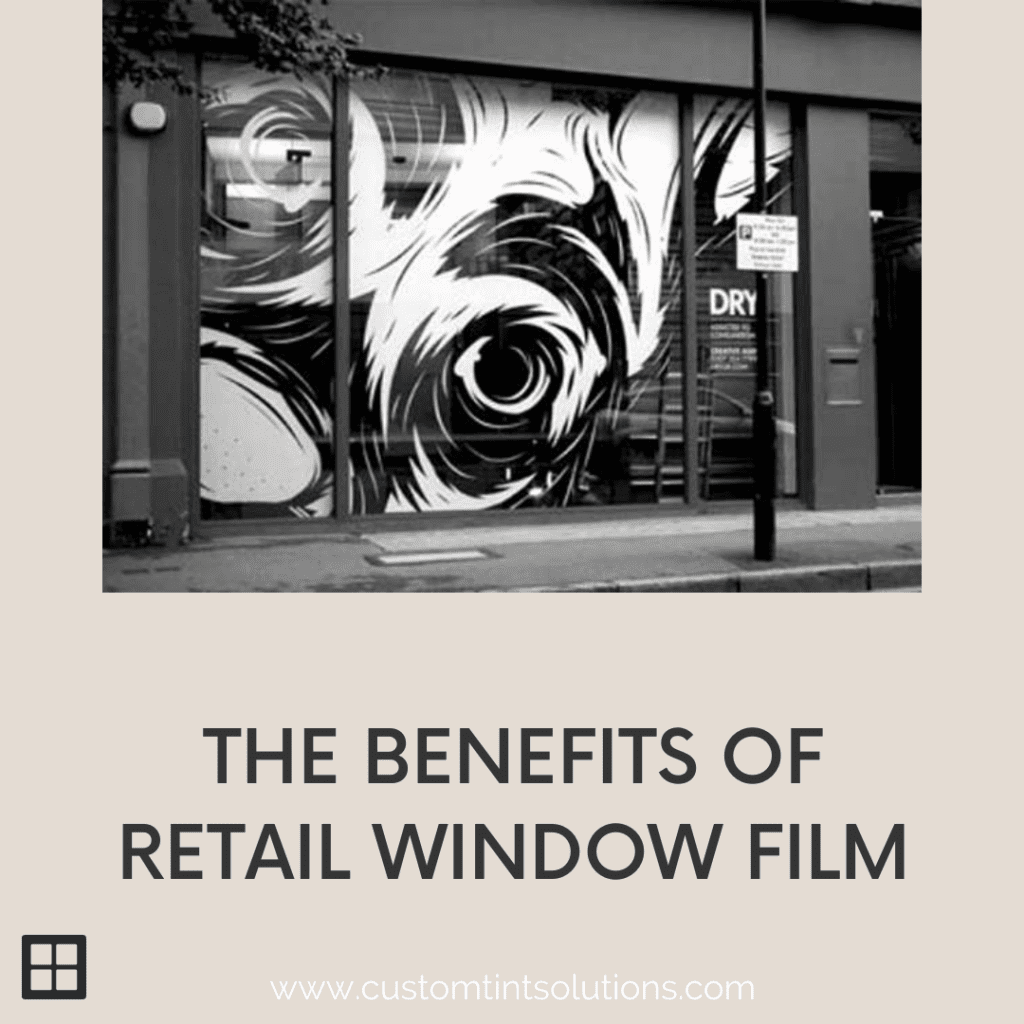
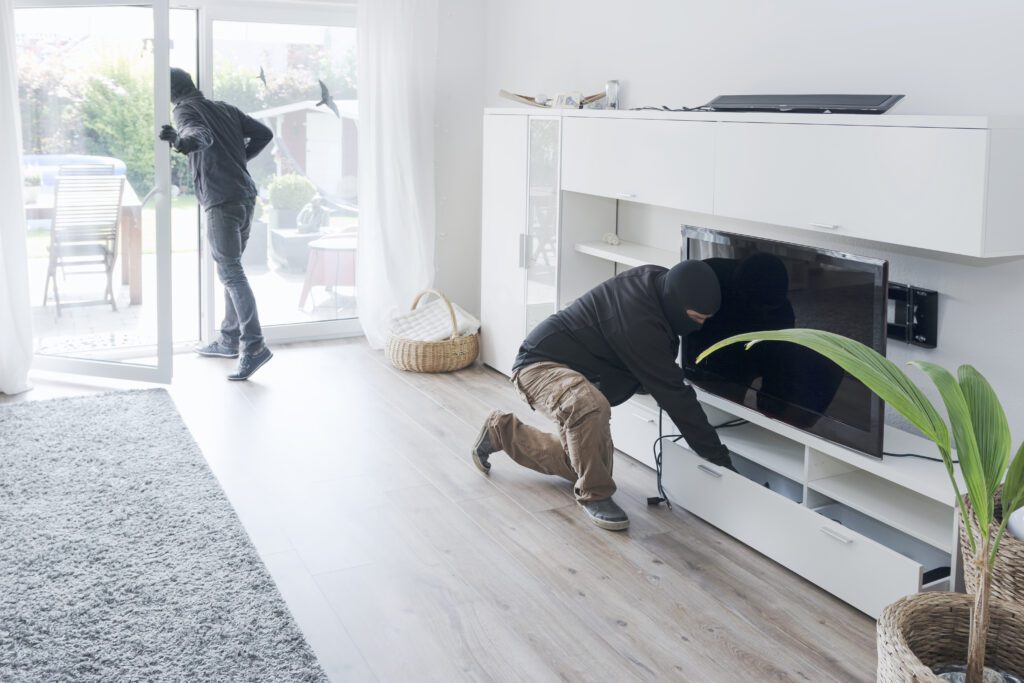
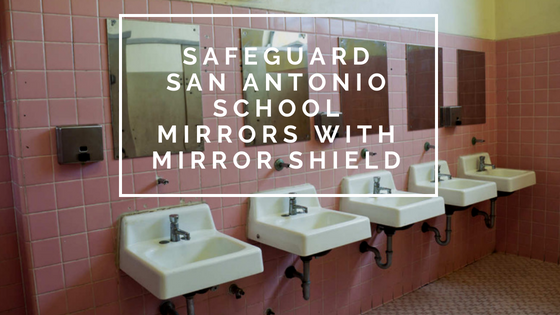
About The Author: Mike Kinsey, Author at Custom Tint Solutions
Mike Kinsey uses his knowledge of window film products and industry innovations to help customers find simple, versatile solutions for meeting their architectural goals. As the Operations Manager for Custom Tint Solutions, he is the head of sales, customer relations, and product education and also personally oversees all window film installs from start to finish. His fifteen years of experience combined with his background in construction and project management sets him apart as an expert in his field. Mike's qualifications are extensive and are backed by certifications from 3M, EnerLogic, and AIA for continuing education.
More posts by Mike Kinsey, Author at Custom Tint Solutions